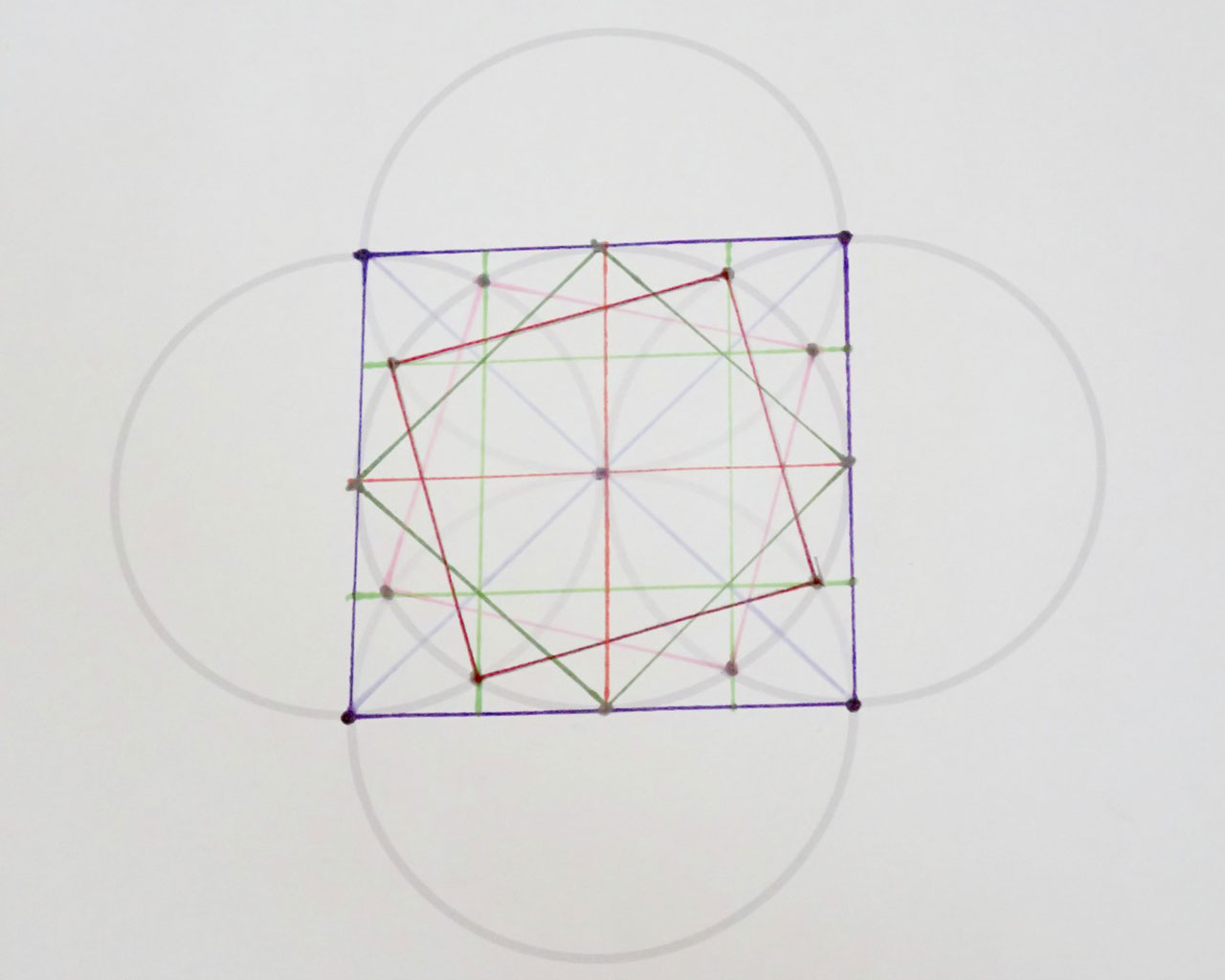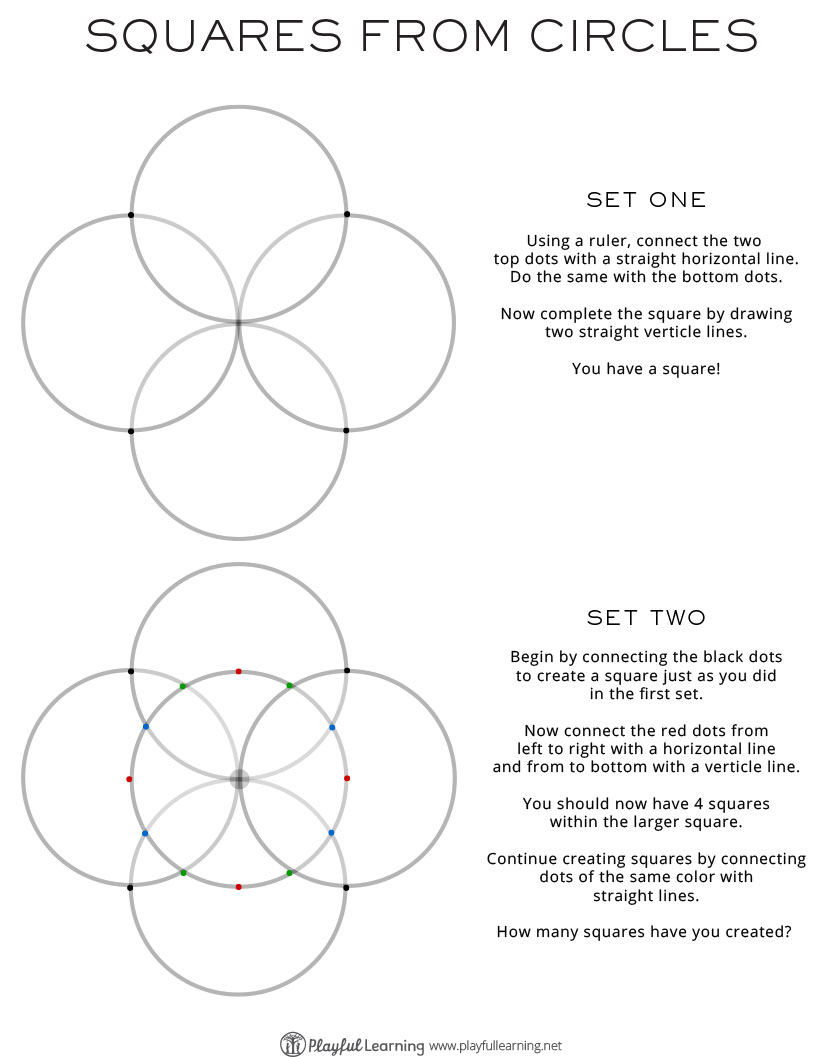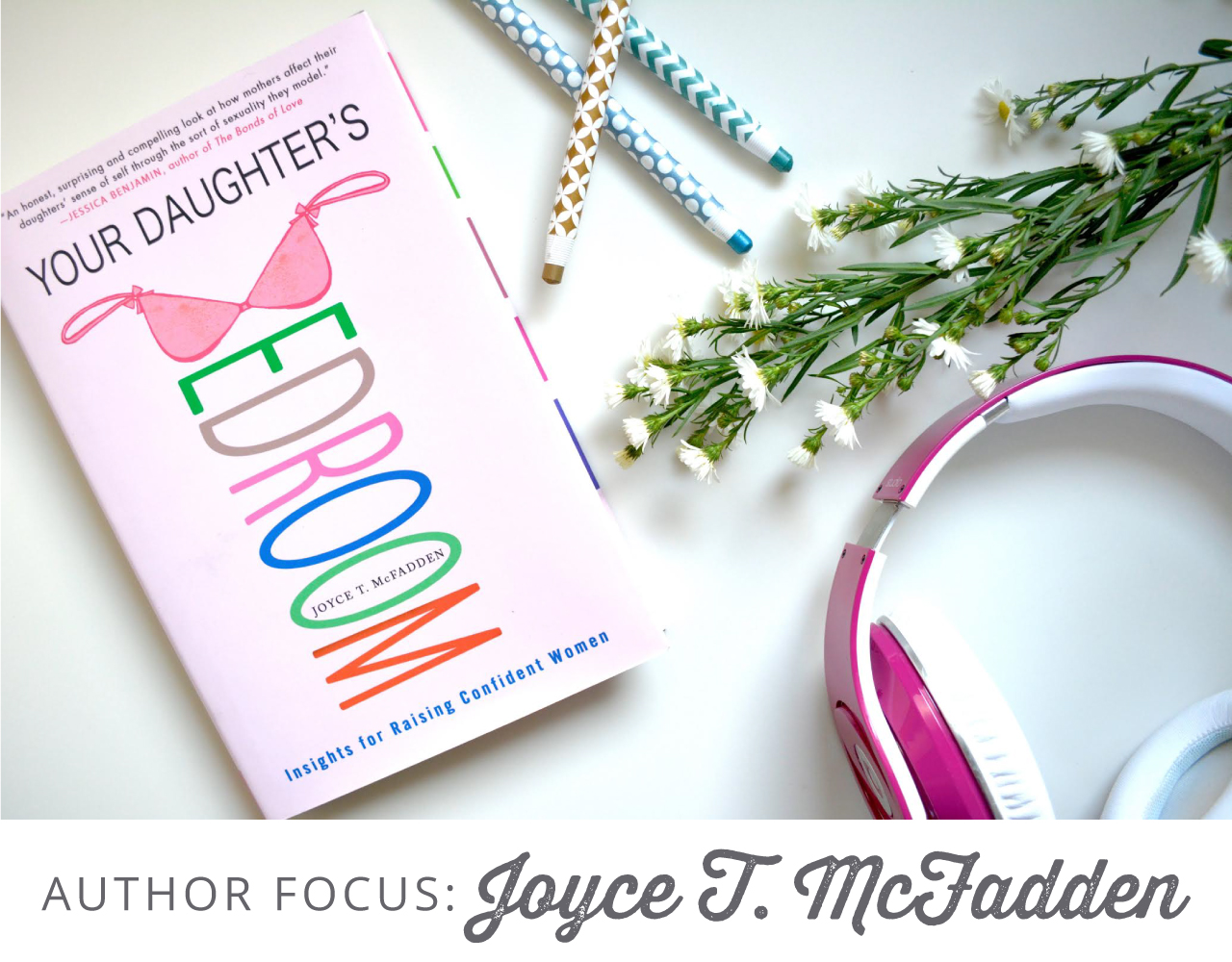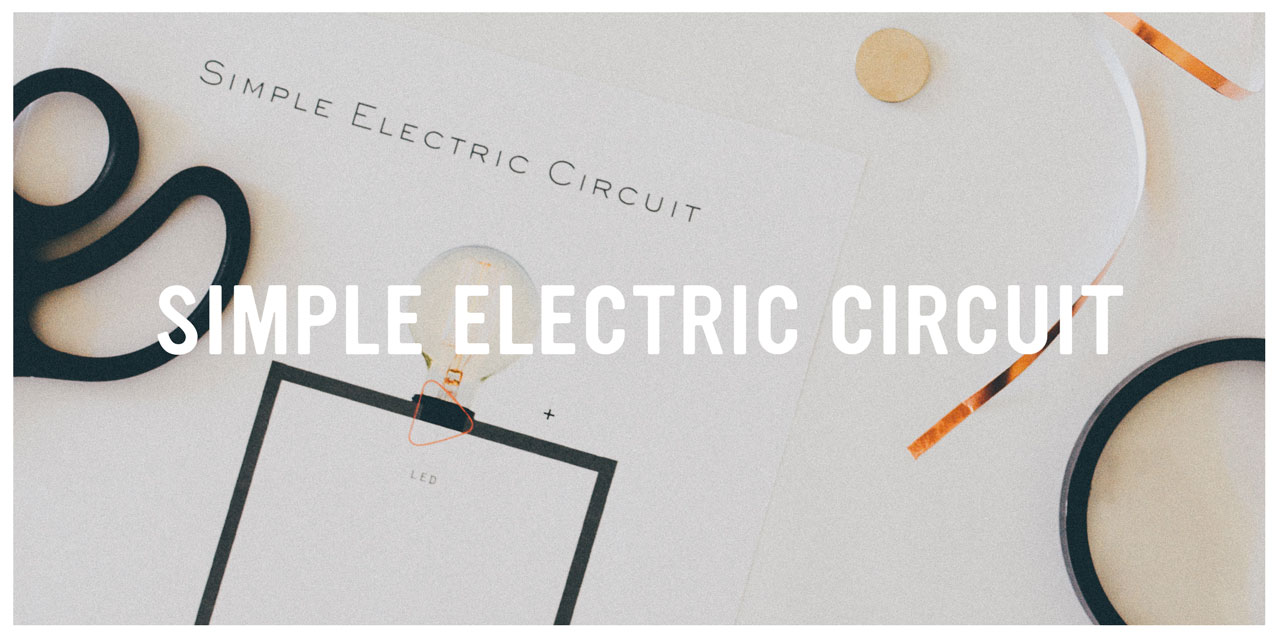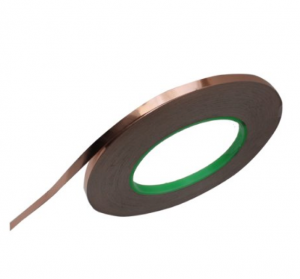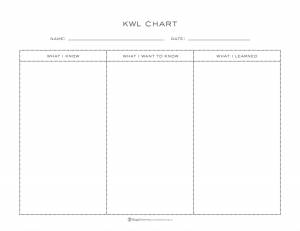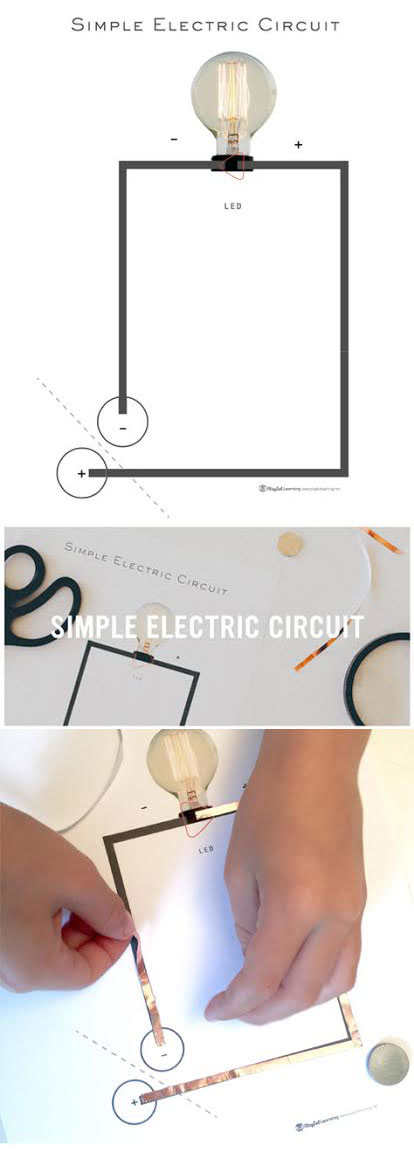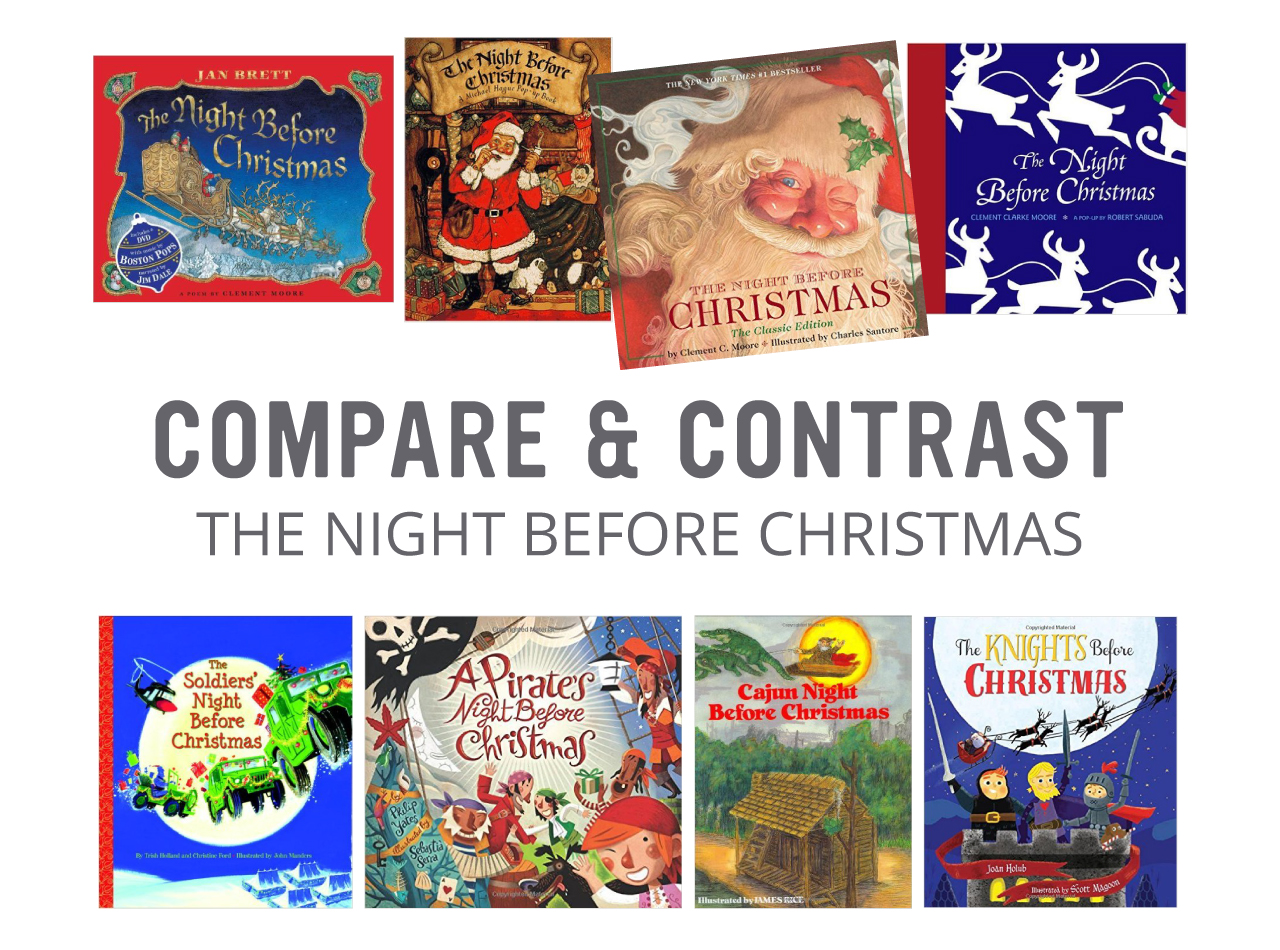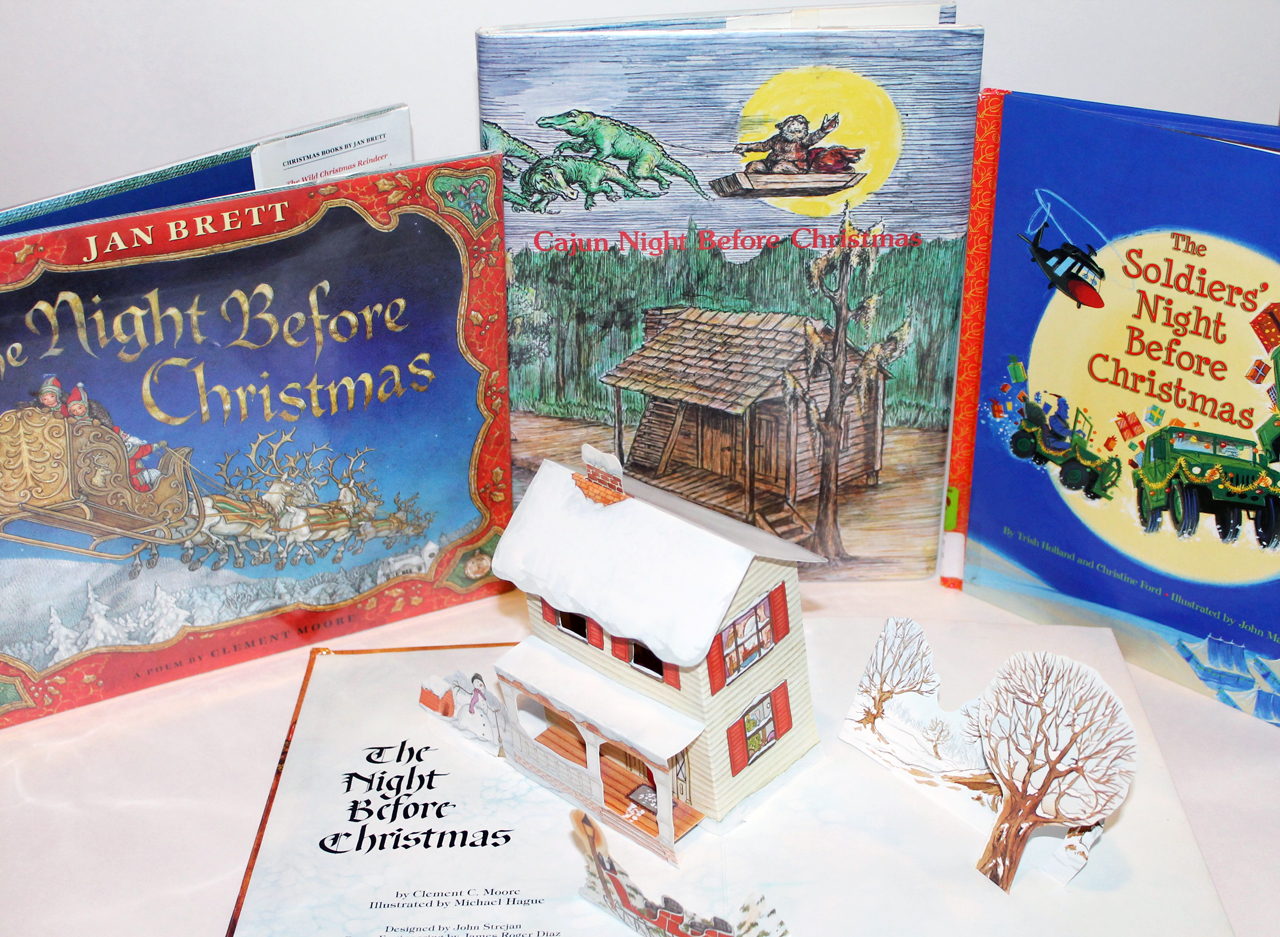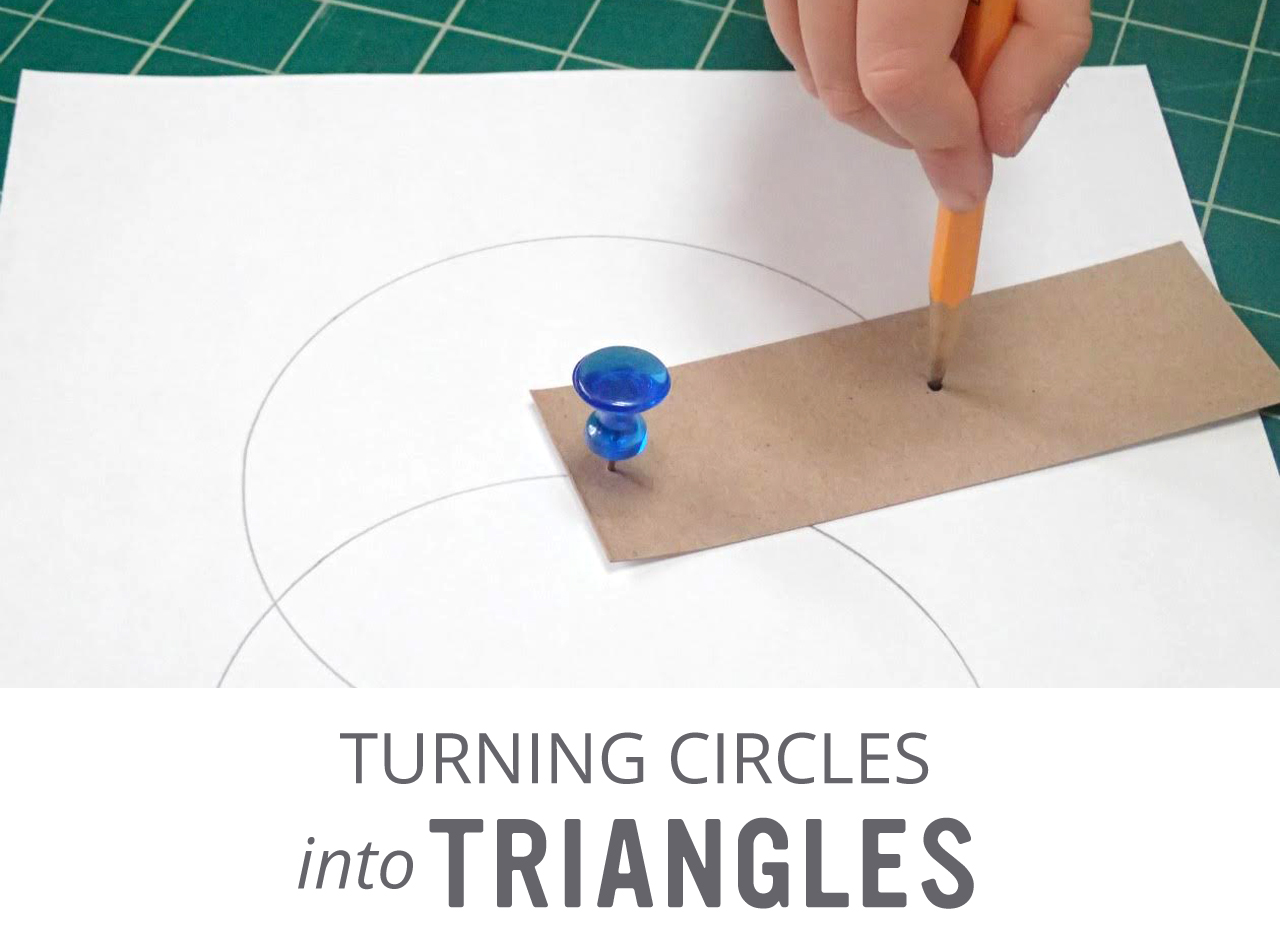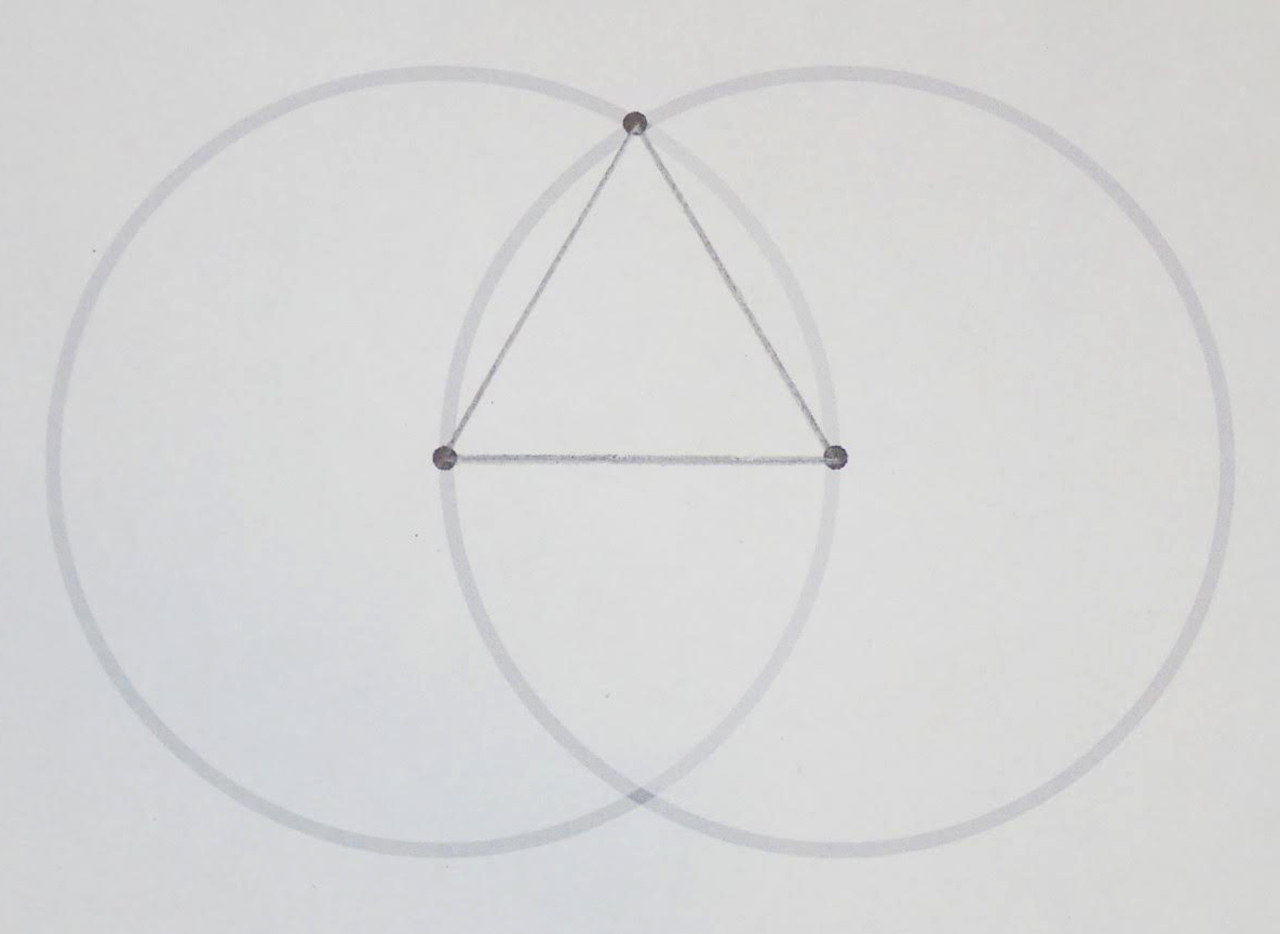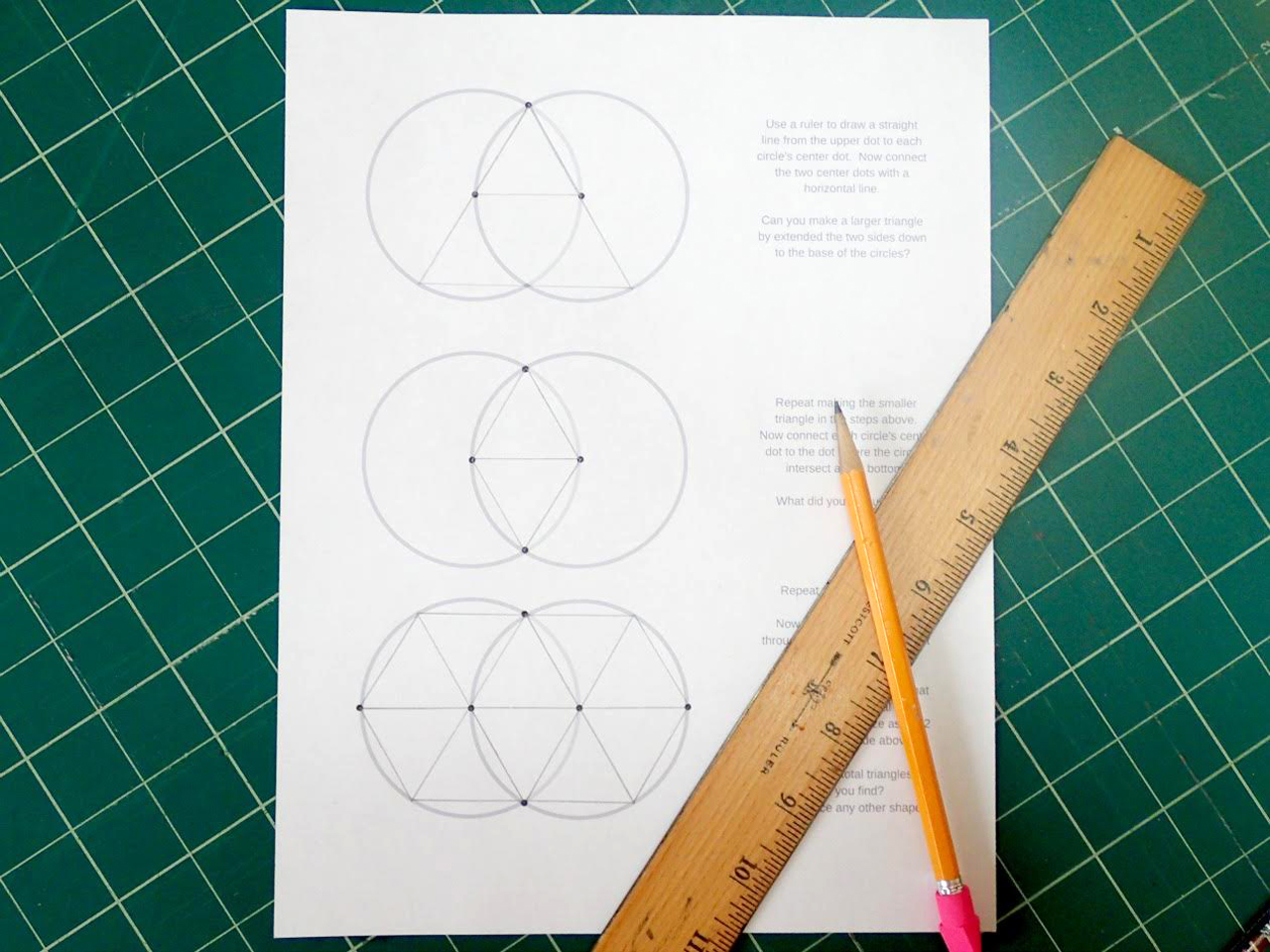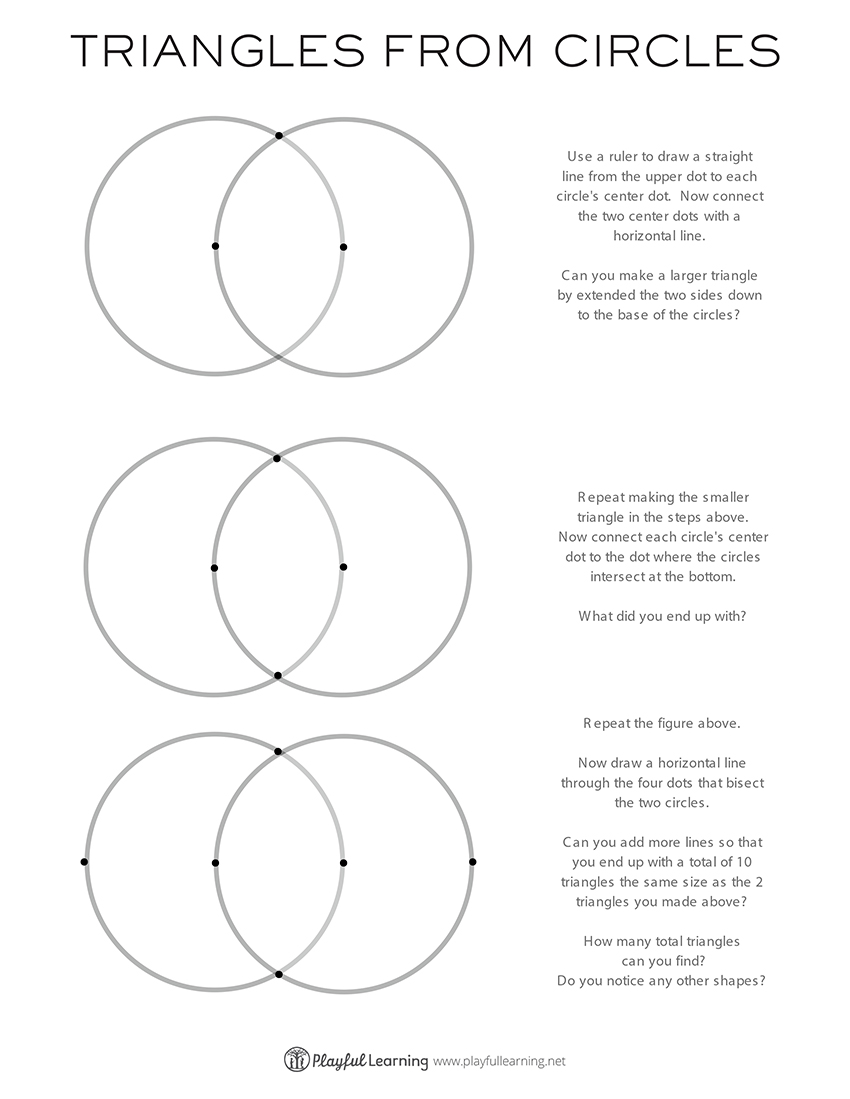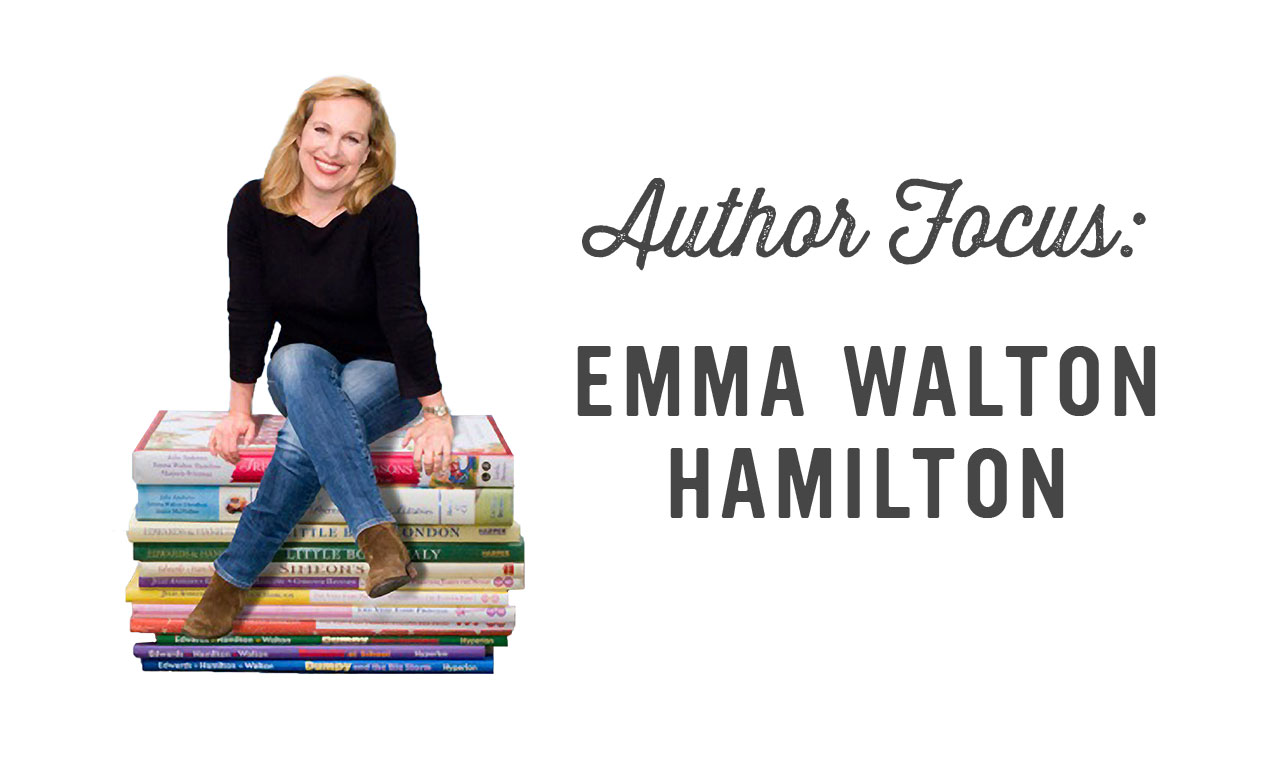
I am thrilled to be collaborating with Emma Walton Hamilton, Susan Verde, and Stefanie Sacks to offer a Parenting Discussion Series in the studio. I thought it would be fun to do interviews of them here, because they have so many gems of parenting advice to offer. Today I have the honor of bringing you Emma Walton Hamilton…
Emma Walton Hamilton is a best-selling children’s book author, editor and educator. With her mother, actress/author Julie Andrews, Emma has co-authored over thirty children’s books, seven of which have been on the NY Times Bestseller list. Her resource book, RAISING BOOKWORMS: Getting Kids Reading for Pleasure and Empowerment, premiered as a #1 best-seller on Amazon.com in the literacy category and won a Parent’s Choice Gold Medal.
Mariah: Emma, you have written a number of wonderful books for children over the years. What was your inspiration for writing a book specifically for parents?
Emma: Well, truthfully it came out of the fact that because of all the children’s books that mom and I write together, we do a lot of public appearances, book signings and book tours. People in the audiences that we were speaking to–parents, caregivers, and teachers–were constantly saying to us, “How can I get my kids to put down the cellphone, the TV remote or the computer? My kids used to love to read… but all they want to do now is play the electronics.” That certainly that was an experience I was having as a parent as well, so I thought I’d try to explore some answers. It started out as an article, and once I started writing it opened up this big Pandora’s box.
Mariah: You state that it is never too young to start reading to children. In fact, you even discuss the benefits of reading to babies in utero. Why should parents start reading to their children so early?
Emma: The theory behind reading to kids in utero comes from studies they did at the University of North Carolina. They had a group of pregnant moms that would read selected passages to babies in utero, and after the babies were born they gave those passages to other people with different voices to read–and they noticed that when the babies were read those same passages, regardless of whether it was by the same voice or not, they would demonstrate recognition and pleasure, increased sucking and heart rates, and all the things that we know, in infants, correlate with good feelings.
From my point of view, we want to start reading as early as possible to lay the groundwork for associating books with pleasure and value. We hear from parents a lot, “My baby can’t talk yet, should I really be reading to them?” The answer is yes, that’s how they learn! It’s the language, it’s the words coming from their loved ones’ voices. It’s also the action of turning the pages and beginning to associate images with words and sounds.
I will never forget when my son was two months old we gave him those soft books that we would prop up for him in his stroller. They had no words, they were just pictures with big shapes and bright colors to engage the imagination. Every so often, when he would get fussy we would turn the page. And then one day he reached out his little fingers and turned the page for himself. For me it’s all about laying the foundation for the greater value of both independent and shared reading later in life.
Mariah: You talk about the association between reading and chore as being the biggest factor in the loss of interest in reading. What do you mean by that?
Emma: I am sure as an educator and a parent you have experienced this first hand. When our children our little and we are reading with them in the first few years, they are sitting on our laps, we are snuggling in bed or maybe we are nursing, it is everything warm and cozy… and they learn to associate the act of reading and stories with pleasure and love.
Then when they go to school and they begin to read for themselves, parents tend to back off of reading to their children. The balance tips, and all of a sudden there is less of reading equals pleasure and more of reading equals struggle–because they are learning how to read and it’s hard–or reading equals chore and responsibility. There are any number of challenges that are attached to learning to read in school or any academic setting. There is also the nature of the reading material as well. A lot of times what we are reading out of necessity to learn how to read is perhaps not the thing that engages our imaginations.
Mariah: What is your advice to parents for keeping the connection between reading and joy alive?
Emma: There are a hundred plus recommendations specific to each age group in the book about this, but essentially it is about knowing your child and knowing what he or she responds to. One kid’s pleasure may be another kid’s torture. For my son, his great pleasure is to read non-fiction and humor. That would be torture for my daughter, who adores fiction and fantasy. So, the first piece is knowing what your individual child is interested in, passionate about and inspired by and looking for ways to feed that passion. That’s hard, because that may be different than what we as parents responded to. There have been plenty of times when I have thought, I can’t wait to share this–and then it didn’t work for my kids the same way it worked for me.
It also helps to look for what I call “stealth mode” activities, to support and underscore the connection between reading and pleasure. These are reading related activities that can enrich a literary experience, such as: making a recipe from a book that you have read together, going to see a film, a play, a museum exhibit or listening to a piece of music that is inspired by a book that you have read.
We need to make sure we keep reading with our kids as much as possible, as often as possible, as late as possible. In my research, I found it extremely interesting to discover that reading skills and listening skills don’t converge until the eighth grade. So in fact just by virtue of that alone, we really should be reading to our kids at least through middle school if not beyond. By doing so we are asking them to stretch and we are able to engage parts of their imagination and their emotional response through things that they wouldn’t necessarily be doing in their own independent reading, when they are busy decoding and trying to put thoughts together through the reading process.
Other activities that work are reading with kids when they may not realize that they are being read to. For example when they are doing the dishes. You can say, “I just read this great thing in the paper, let me share this with you.” It sends the message that reading is part of life, and they are getting the value of being read to.
Audio books are a great way to listen to a story together on a car trip. There are a number of ways that we can be creative and crafty in inviting kids to read.
Mariah: I love the suggestions that you give to parents about setting up the physical environment in the home to encourage reading. Can you share some of those tips?
Emma: This goes back to the idea of keeping the association with reading warm and fuzzy for as long as possible. It is everything from creating a reading corner in the home if there is space to do so, to making sure that where kids do most of their reading has adequate lighting and minimal distractions, so that they can really lose themselves in the world of reading. I remember when I was a little girl, my greatest pleasure on a day when it was cold or wet and rainy, or if I was home sick from school, was to dig out The Phantom Tollbooth–it was like a tradition, it always had to be The Phantom Tollbooth–and curl up on the rug in front of the fire with pillows. This was my idea of heaven. It was very ritualistic. The idea is to create something that underscores the association between reading and pleasure and make sure that the environment fosters that.
In our house, we are surrounded by books in every room, which I think is great, because it sends a visual message to our kids about the value we place on books in our family. Again, it’s about making books attractive and appealing–something that kids are drawn to. If what they are looking at on their bookshelf is a jumbled mess it is less likely to draw them in. If their library is attractively organized and can easily be navigated to find the thing that they most want to read in that moment, you are maximizing your chances of getting them to read something. It’s also good to rotate things and change the display up a little bit from time to time. For instance, at the holidays we take out Christmas books in their own basket which have been tucked away so that when they come out, it’s like a whole new library. It feels like we are reading them for the first time because we haven’t seen them for eleven months.
Mariah: What are your thoughts on the current debate in the literacy community about books vs. electronic media?
Emma: This is a huge debate, but I err on the side of “whatever gets us reading.” The digital world is here to stay. It’s not going anywhere; it’s very much a part of our life and our children’s future, and, as such, it is its own kind of literacy – digital literacy. It’s a muscle that they need to have, and cultivate.
Personally, I love the tactile feeling of reading a book. That is always going to be a preference for me. The good news is that apparently kids feel the same way. Every year, Scholastic does a survey called the Kids and Family Reading Report. What they’ve learned is that even though kids will always want to read online, no matter how much they read online, 85% of them say that they will always want to read real books as well. In fact, the latest studies indicate that digital reading has peaked and people are now returning to books in their traditional form as the preferred method of reading.
In addition to reading online, there are other ways to read as well–like audio books and graphic novels. It is always surprises me when people think that listening to audio books or reading graphic novels is not really reading. My response is, “Is Braille not really reading, just because you are not actually using your eyes to decode letters and words?” My understanding of reading is that it is integrating a story into your mind and heart. And not necessarily just fictional stories, but words and ideas in general. My son, who had vision issues growing up, found listening to audio books infinitely easier because he could relax his eyes and really engage his imagination.
Other kids are more visual learners, and they may respond to the imagery of a graphic novel, which informs them in ways that the symbolism of actual letters and words perhaps competes too much with. Again, it’s all about the individual child and what kind of learner they are, what their passions are – and letting that lead.
Mariah: How can parents best use television and the internet to their children’s advantage?
Emma: The key word is participation. It is all about the degree to which we stay in touch. I realize it is hard for those of us who work in or out of the home. We all long for that moment when the kids are sitting quietly in front of the computer or television so that we can get on with something else. But, I think it is really important to stay in touch and know what your kids are reading and feeling so that you can make sure that as a parent it is in line with your family values and so that you can maintain a dialogue, and look for opportunities to cross-pollinate between those electronic experiences and the more “traditional” literary ones.
For example, my daughter loves Harry Potter—both the books and the movies, as well as games such as Minecraft that allow her to play in a Harry Potter environment. It is a very interactive experience for her. She plays the game or watches the movie, then she goes back to the books and reads them over and over again. For me it is a very valuable experience because it gives us an opportunity to talk about the ideas in the stories, the characters and what they are grappling with rather than her just being spoon-fed from the screen.
Mariah: Thank you so much for visiting Playful Learning!

A faculty member of Stony Brook Southampton’s MFA in Creative Writing and Literature, Emma teaches all forms of children’s book writing and serves as Director of the Children’s Literature Fellows program, as well as the annual Children’s Literature Conference. She is also the Executive Director of the Young Artists and Writers Project (YAWP), an interdisciplinary writing program for middle and high school students.
Emma was a co-founder of Bay Street Theatre in Sag Harbor, and served as its co-Artistic Director and Director of Education and Programming for Young Audiences for 17 years. She is married to Actor/Director/Producer Stephen Hamilton, and they have two children – Sam, 19, and Hope, 12, both of whom are avid readers. To find out more about Emma, visit http://emmawaltonhamilton.com
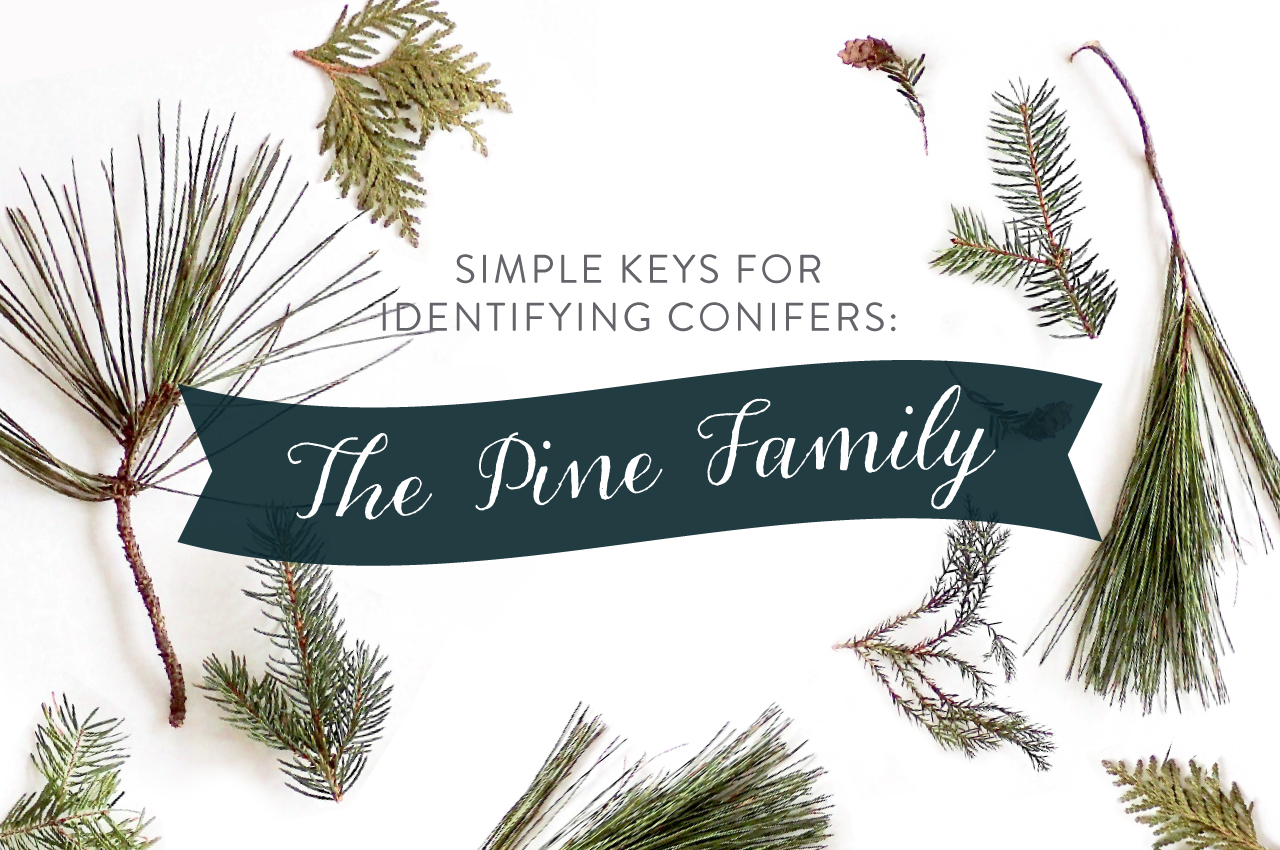
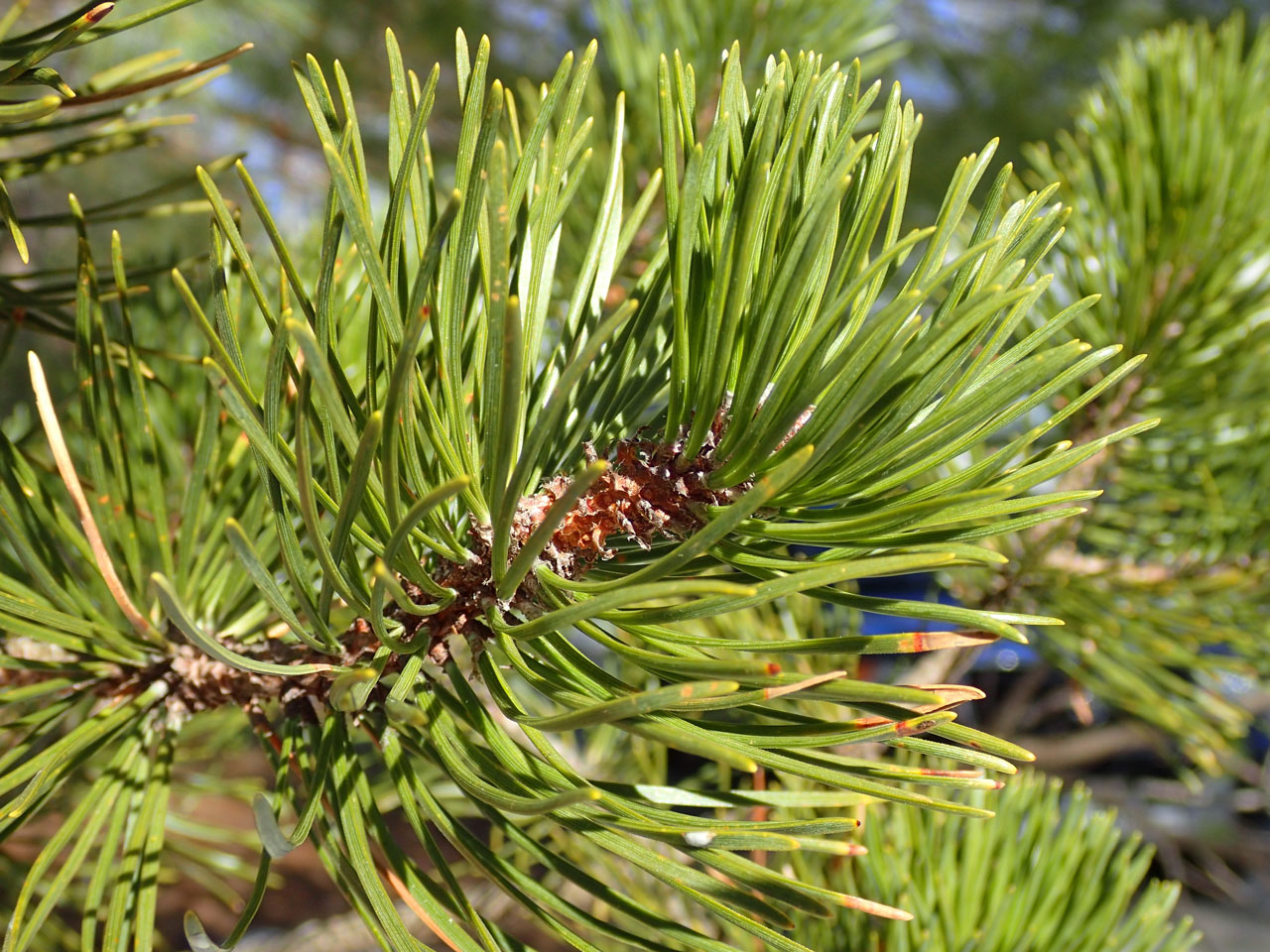
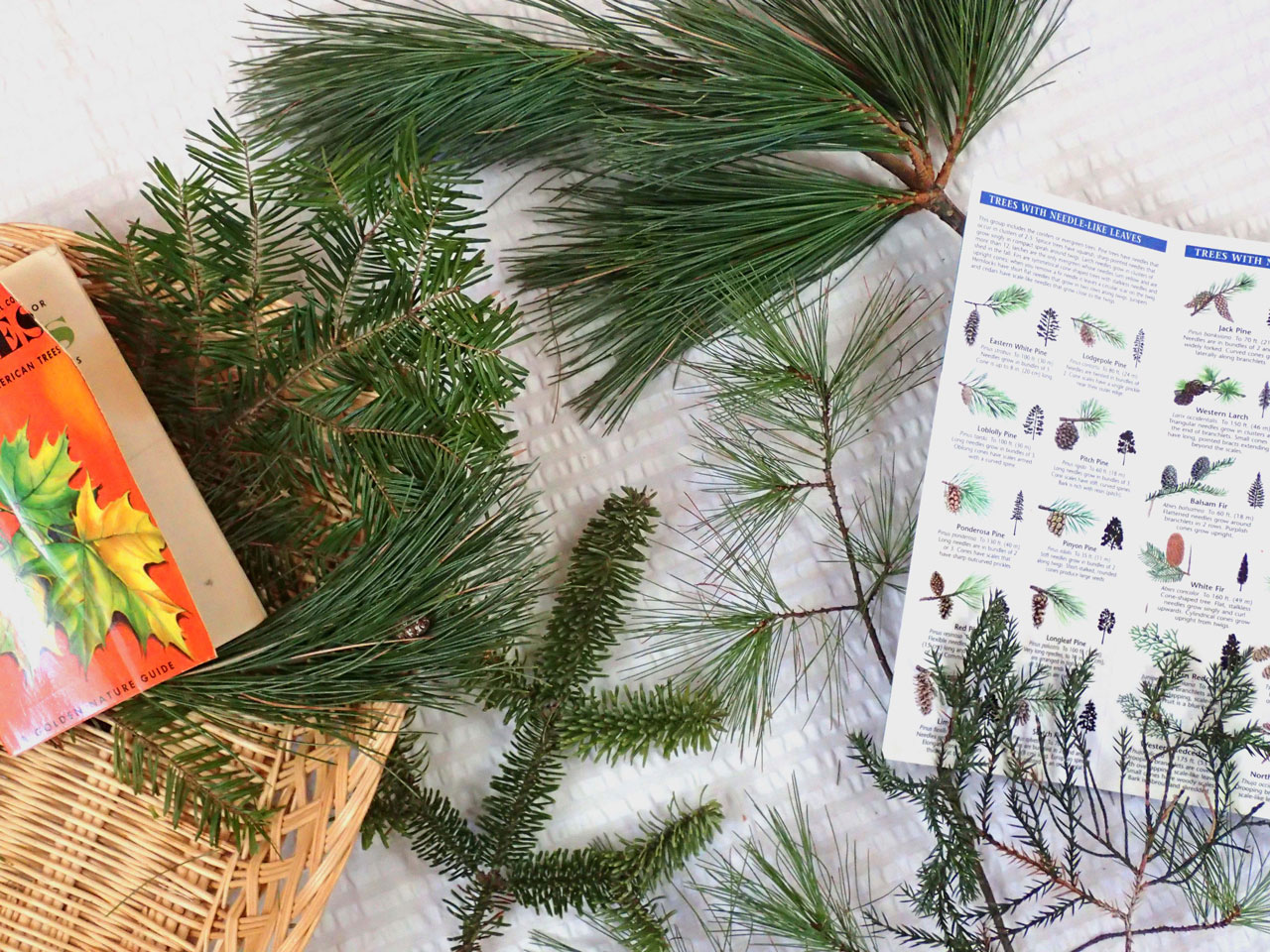
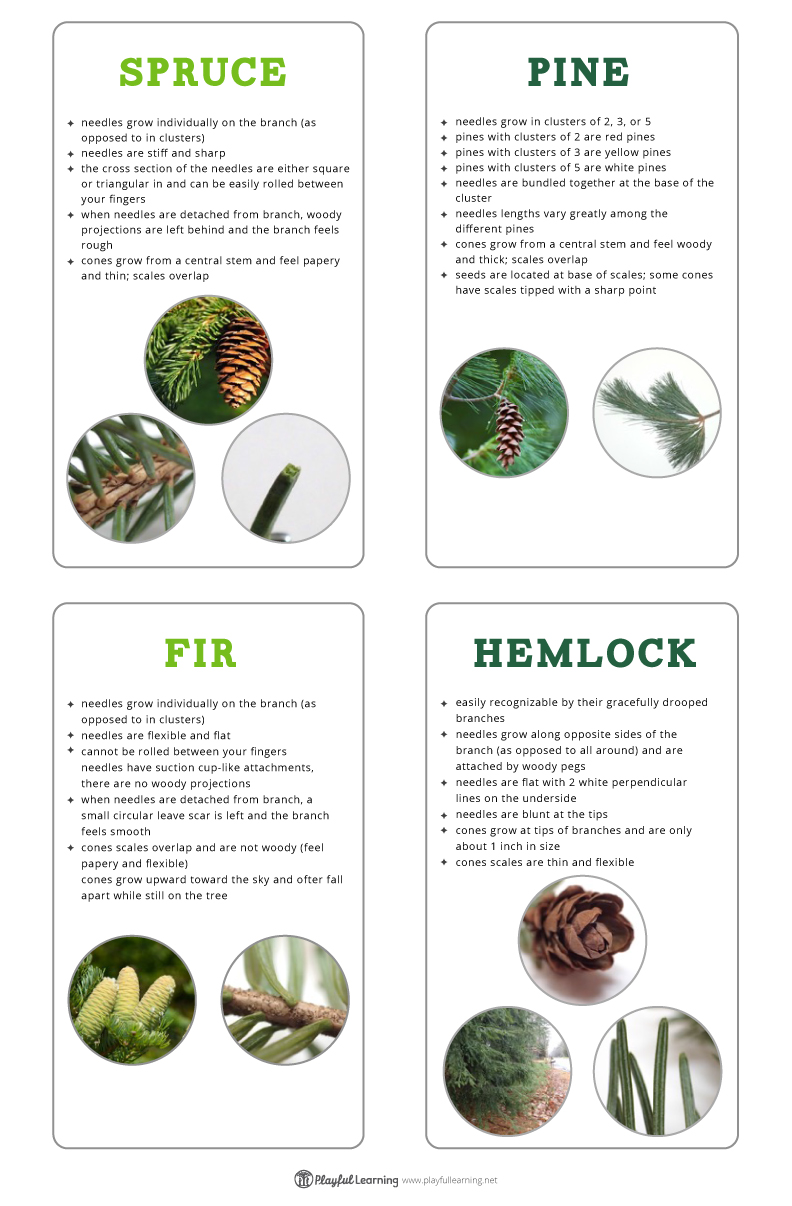

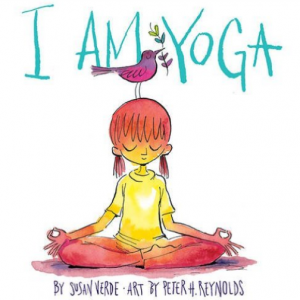
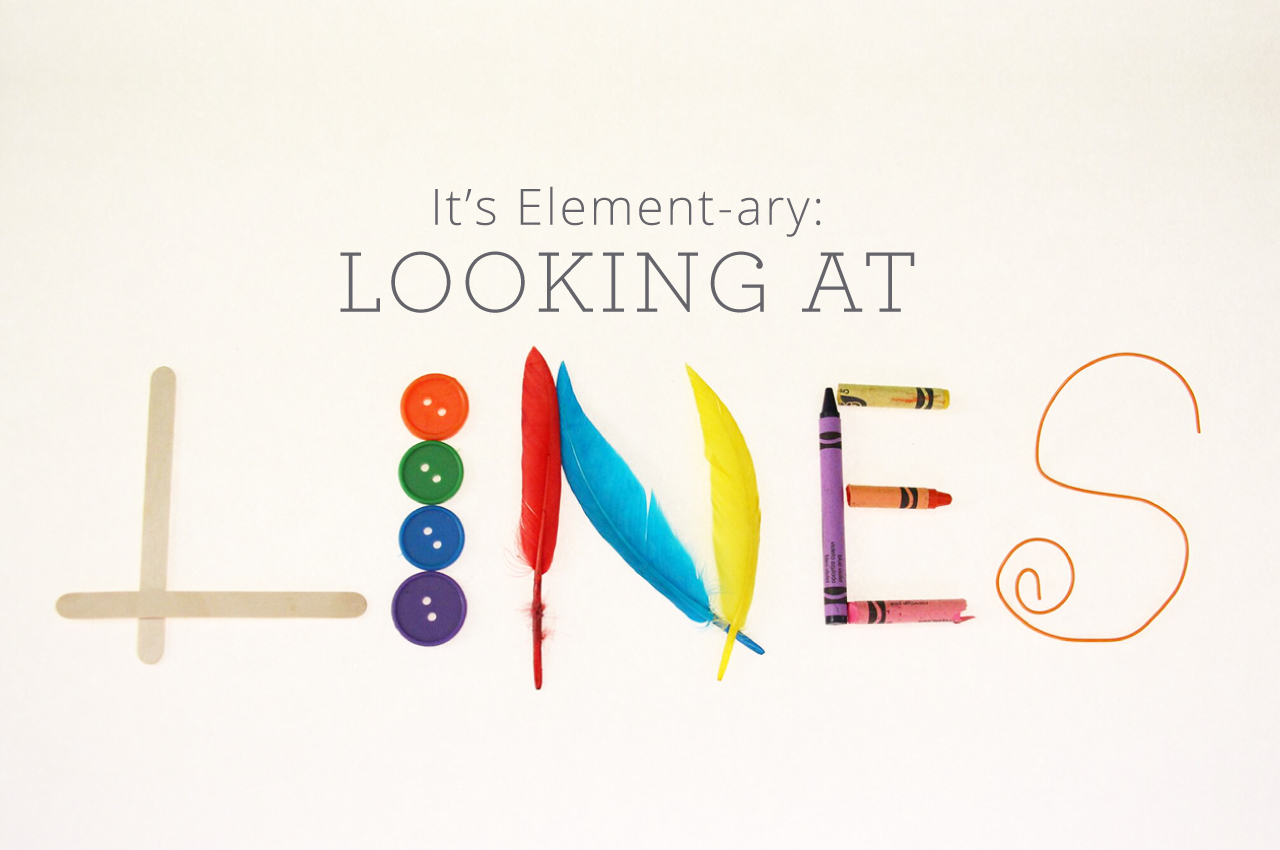
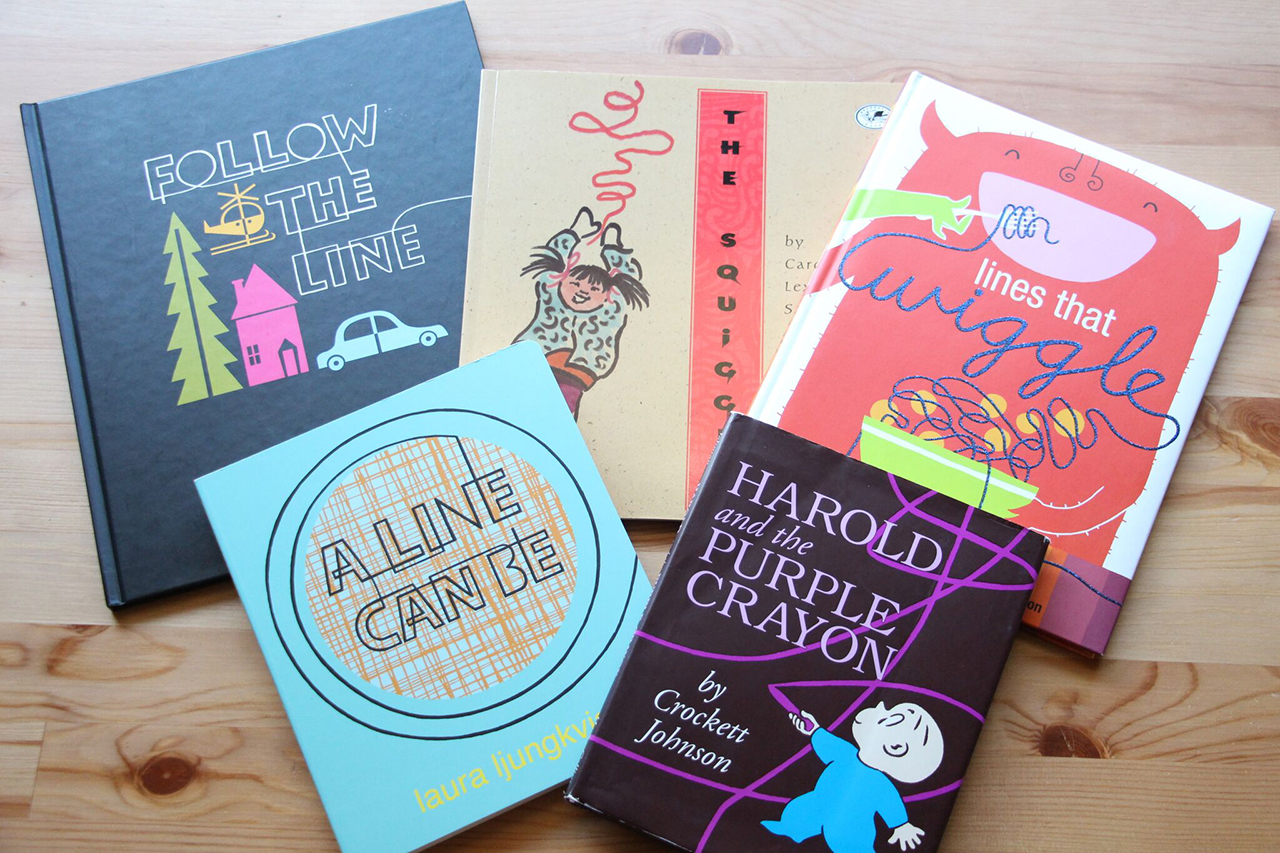
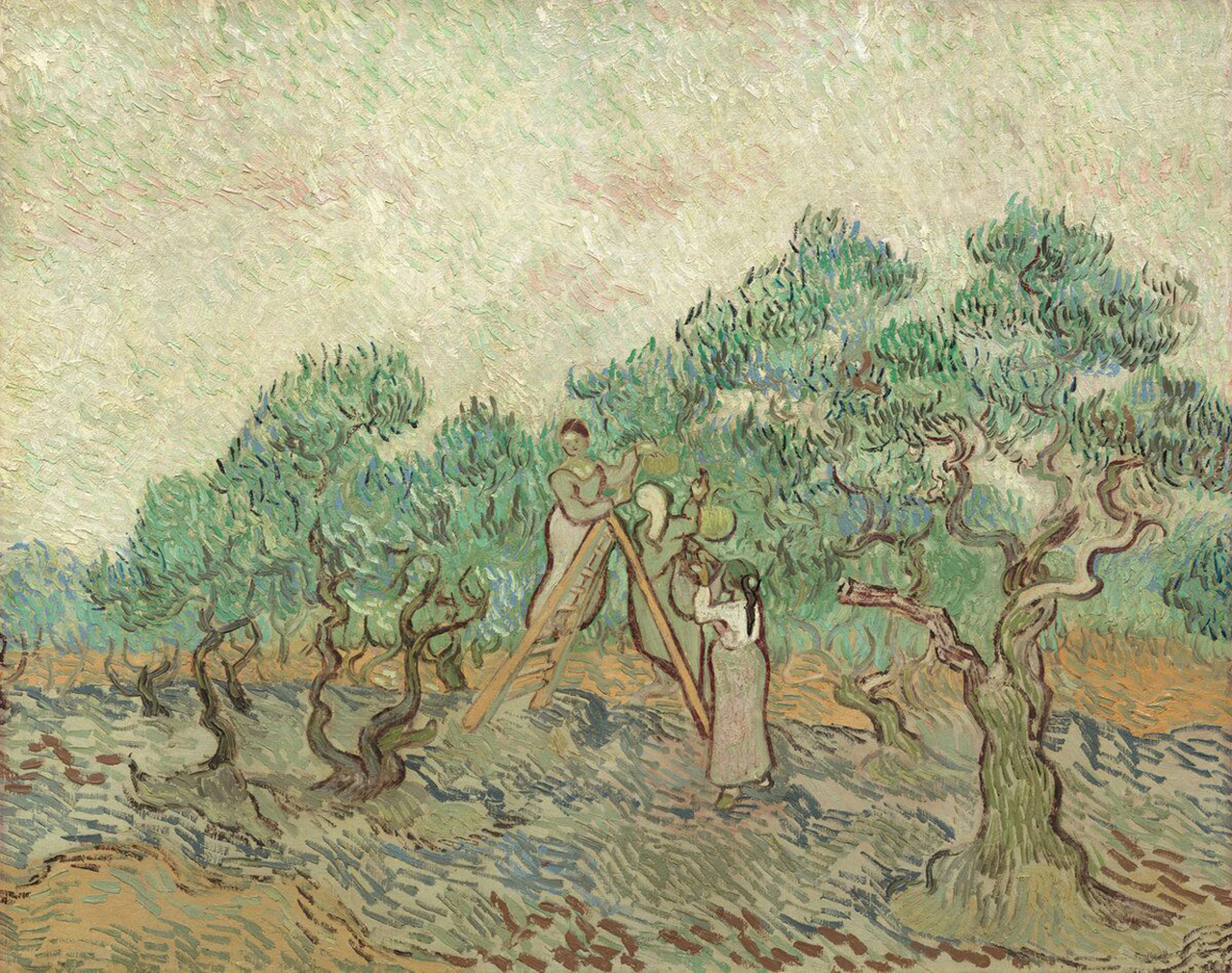
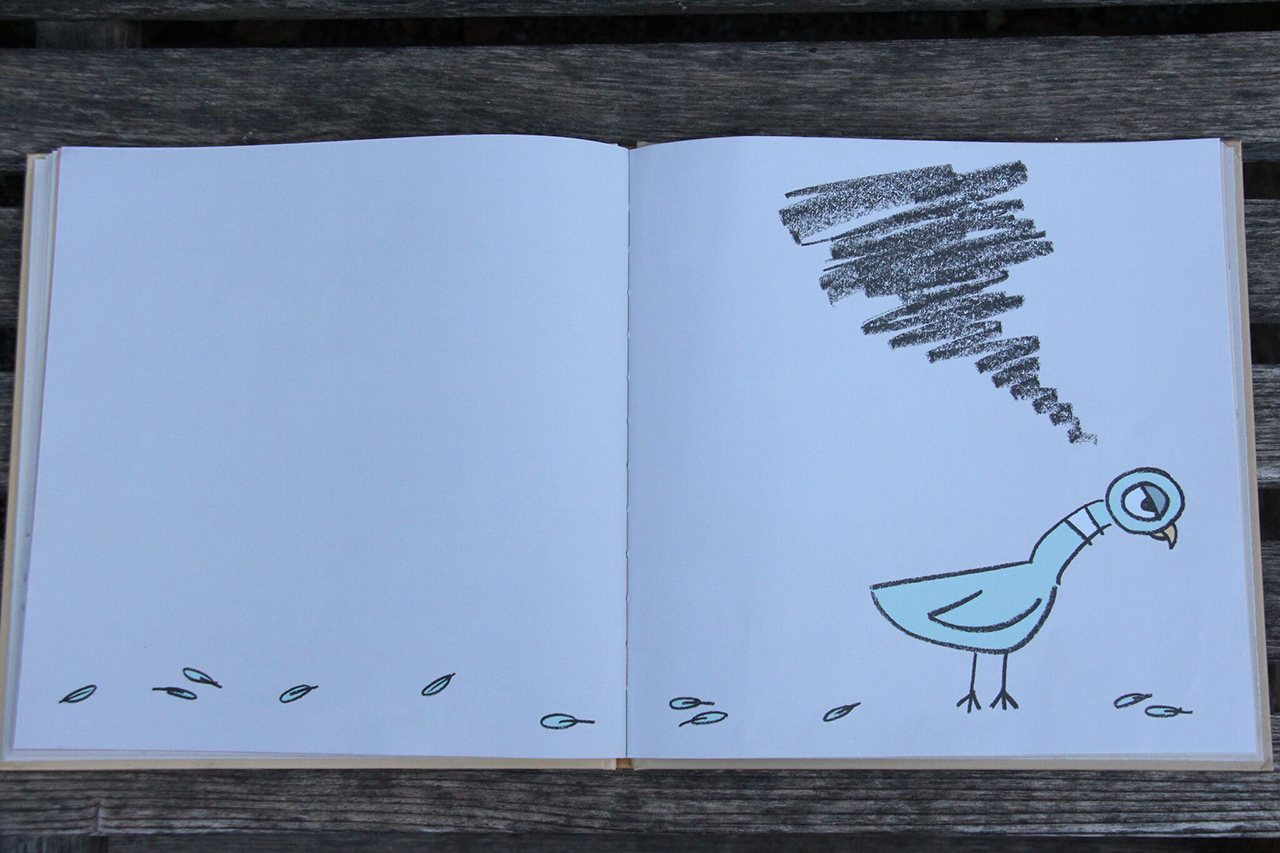
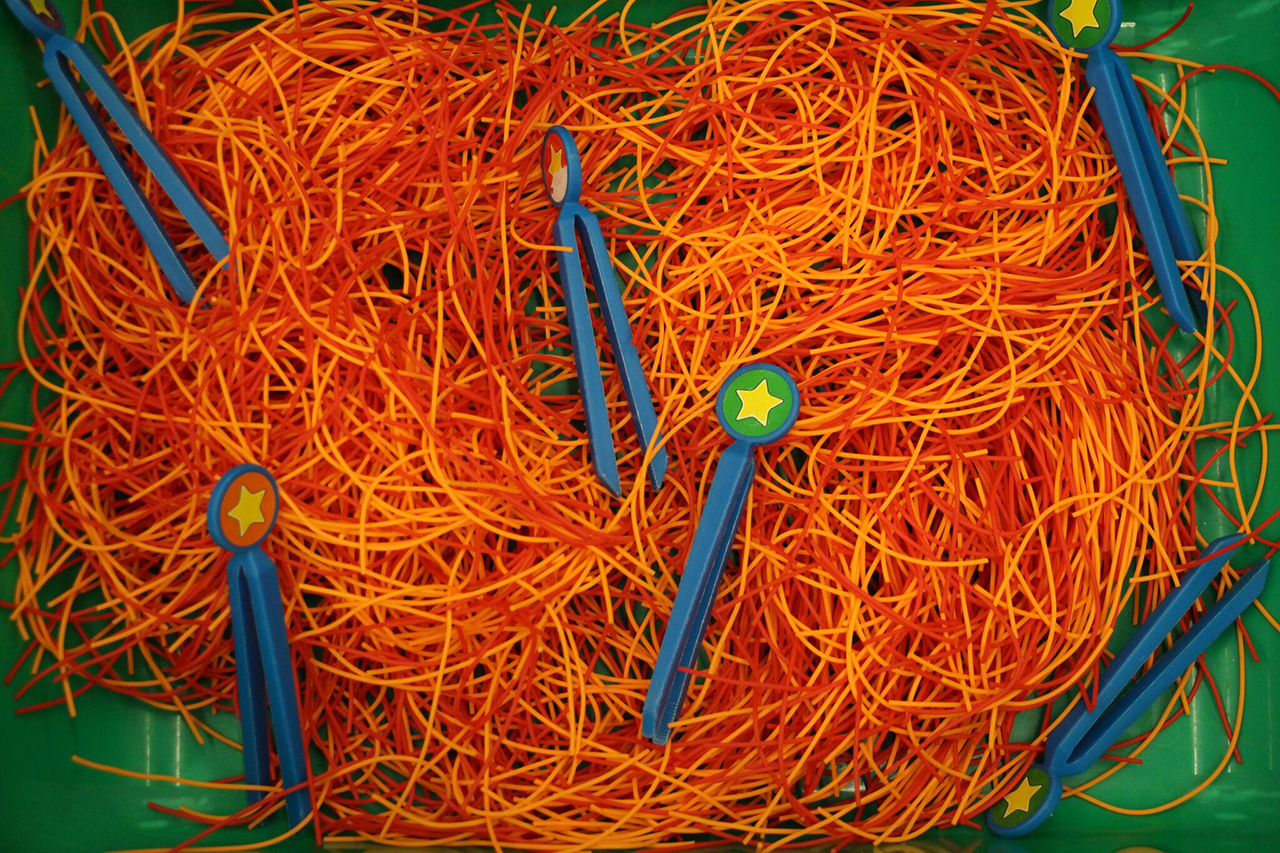
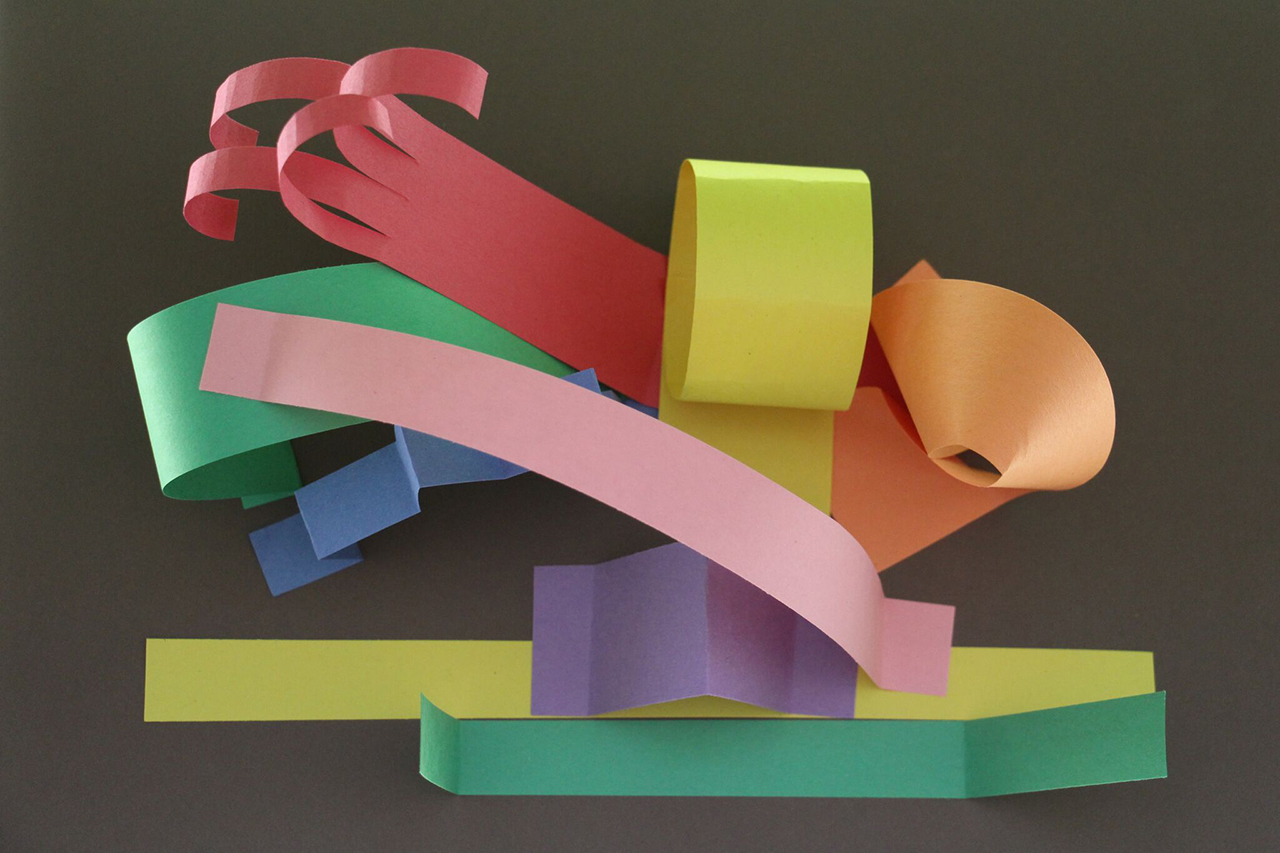



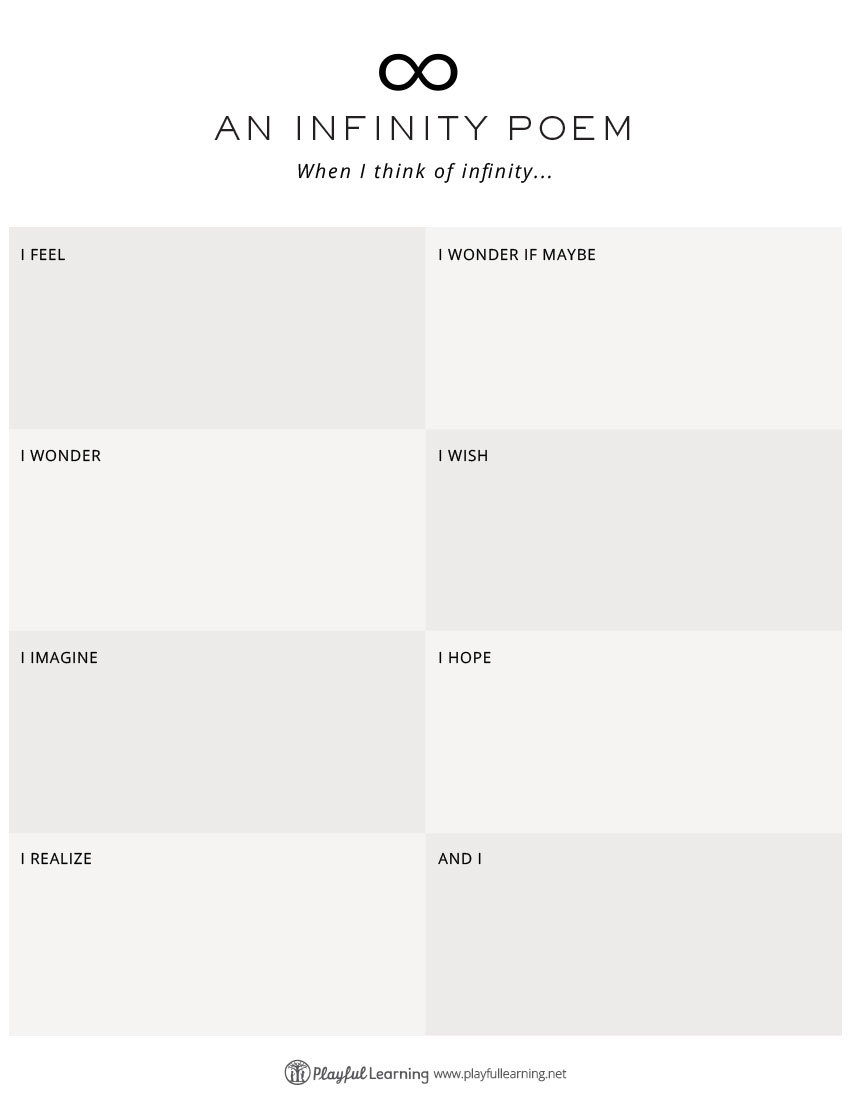
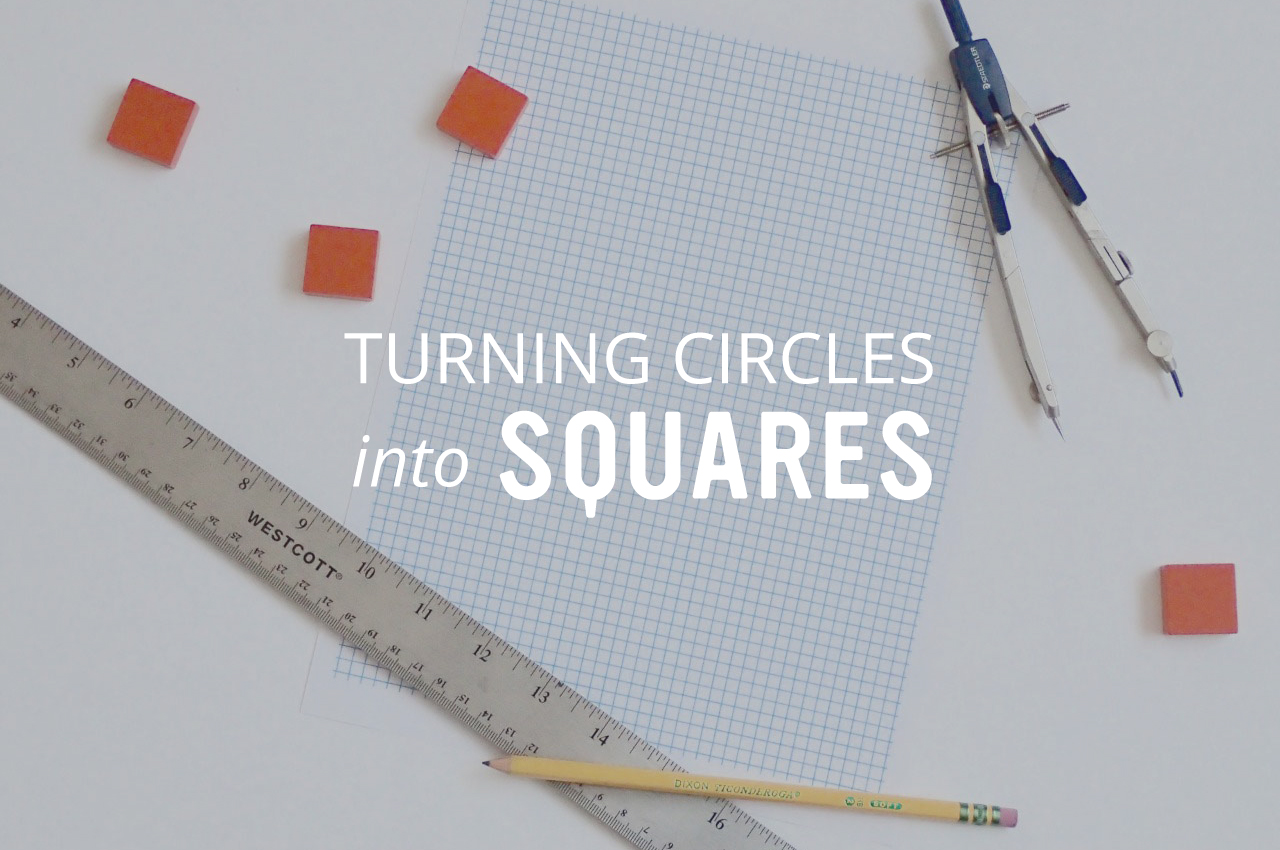 Have you tried the Playful Geometry activity,
Have you tried the Playful Geometry activity, 
